On a bright spring morning in Boston, the city buzzed with excitement. April 15, 2013, marked the 117th running of the Boston Marathon, an event steeped in tradition and community spirit. Thousands of runners, from seasoned athletes to first-time participants, lined the streets, their hearts racing with anticipation. Spectators filled the sidewalks, waving flags and holding signs, ready to cheer on friends and family. Among them was an eight-year-old boy named Martin Richard, who was there to support his father, Bill, running his first marathon.
The Calm Before the Storm
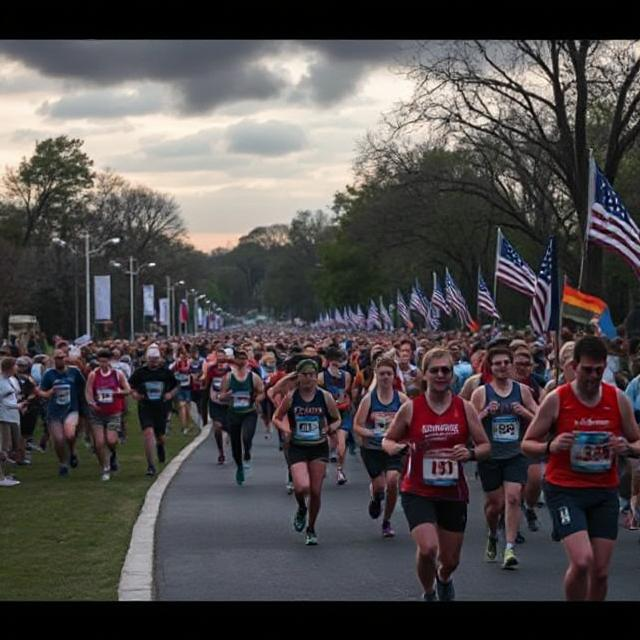
As the race unfolded, the atmosphere was electric. Families picnicked on the grass, friends shared laughter, and the sounds of encouragement echoed through the streets. But as the clock ticked toward 2:49 PM, the joyful celebration turned into a nightmare.
Two homemade bombs, hidden in backpacks, exploded near the finish line, shattering the festive mood. The first blast sent shockwaves through the crowd, followed by a second explosion just seconds later. Chaos erupted as people screamed and fled in all directions, desperate to escape the horror unfolding before them.
Emergency responders rushed to the scene, their training kicking in as they worked tirelessly to aid the injured. The once-vibrant atmosphere was replaced by sirens, cries for help, and the sight of first responders carrying victims to safety. In the aftermath, three lives were lost: Martin Richard, Krystle Campbell, and Lu Lingzi. Over 260 others sustained injuries, many suffering life-altering wounds.
The Investigation Begins
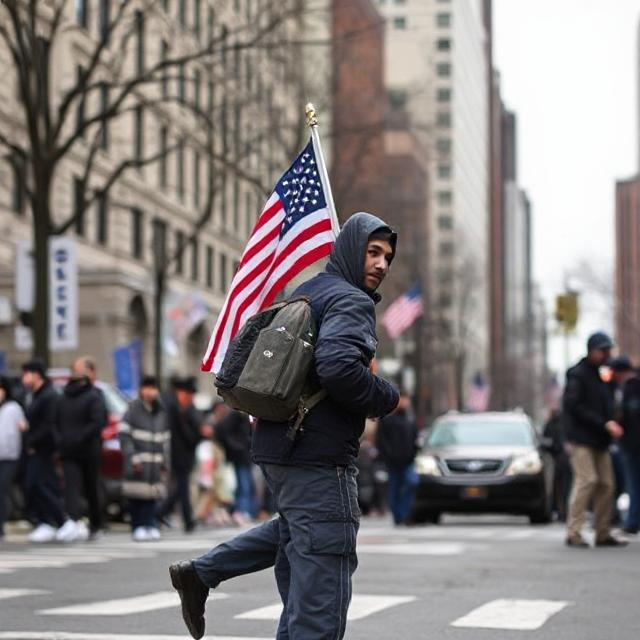
In the days that followed, the FBI launched an extensive investigation. With the help of surveillance footage, they identified two suspects: Tamerlan and Dzhokhar Tsarnaev. The brothers, motivated by extremist beliefs, had plotted this horrific attack, leaving a scar on the heart of Boston.
As the investigation unfolded, the city was plunged into a manhunt. On April 18, a shootout erupted between the Tsarnaev brothers and law enforcement in Watertown, Massachusetts. Tamerlan was killed, but Dzhokhar managed to escape, prompting a citywide lockdown. The streets of Boston were eerily quiet as residents stayed indoors, fearful yet hopeful for a resolution.
The following day, Dzhokhar was discovered hiding in a boat in a backyard. His capture marked a turning point in the investigation, but the scars of the bombing would linger.
The Healing Process
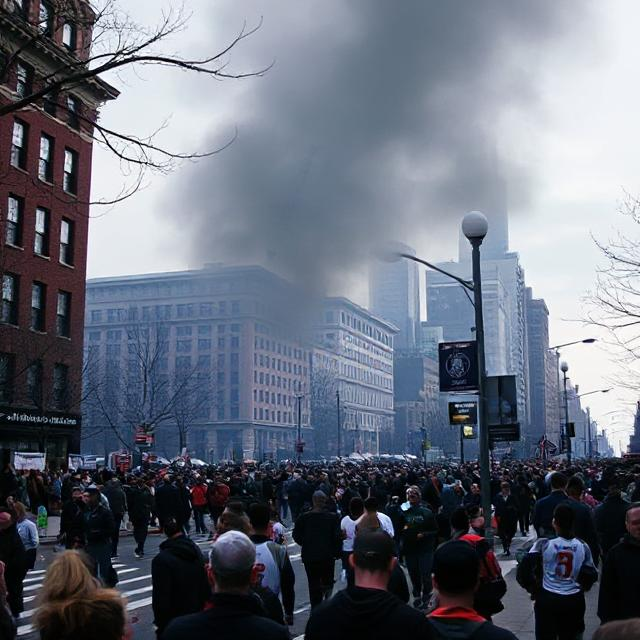
In the wake of this tragedy, Boston demonstrated remarkable resilience. The phrase “Boston Strong” emerged, symbolizing the unity and strength of the community. Vigils were held, and countless charitable initiatives sprang up to support the victims and their families. The marathon became a symbol of endurance, not just for runners but for an entire city that refused to be defined by fear.
One of the most poignant moments came during a vigil at the Boston Common, where thousands gathered to honor the victims. Candles flickered in the night, illuminating the faces of those who had come together to support one another. Stories were shared, tears were shed, and a sense of solidarity enveloped the crowd. Survivors spoke of their experiences, their voices trembling but resolute, conveying a message of hope and healing.
Among them was Jeff Bauman, who lost both legs in the attack. His journey became emblematic of the resilience that characterized the city. As he recovered, he became an advocate for others, sharing his story to inspire those facing adversity. Jeff’s determination to walk again and participate in the marathon the following year showcased the spirit of Boston a city that refused to back down.
Community Support
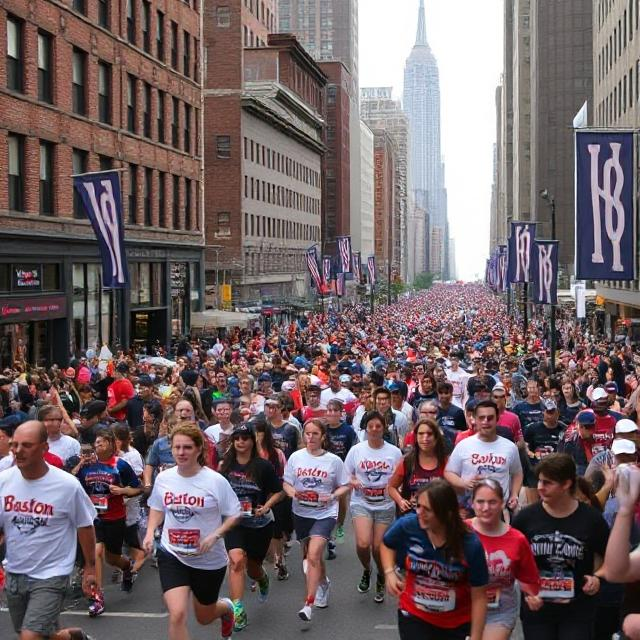
Local businesses rallied to support the victims and their families. Restaurants held fundraisers, donating proceeds to those affected by the bombing. The Boston Red Sox honored the victims during a game at Fenway Park, inviting survivors to throw the first pitch. The city united in support, demonstrating that even in the darkest times, compassion could shine through.
As the anniversary of the bombing approached, the city prepared for a marathon unlike any other. The 2014 Boston Marathon was not just a race; it was a testament to the resilience of a community that had faced unimaginable tragedy. Runners from around the world signed up to participate, many wearing “Boston Strong” shirts to show their solidarity.
On race day, the streets were lined with supporters, their cheers echoing through the air. The atmosphere was electric, filled with hope and determination. As the runners crossed the finish line, the crowd erupted in applause, celebrating not just the athletes but the spirit of a city that had come together to heal.
A Lasting Legacy
In the years that followed, the Boston Marathon bombing became a pivotal moment in discussions about terrorism and public safety in the United States. The event sparked conversations about security measures at public gatherings, leading to increased vigilance and preparedness. Law enforcement agencies worked tirelessly to ensure the safety of future events, implementing new protocols that would help prevent similar tragedies.
Yet, amidst the discussions of security and safety, the heart of Boston remained focused on healing. The city embraced the motto “Boston Strong,” using it as a rallying cry for resilience and unity. The phrase became a symbol of hope, reminding everyone that even in the face of darkness, the human spirit could triumph.
The Power of Storytelling
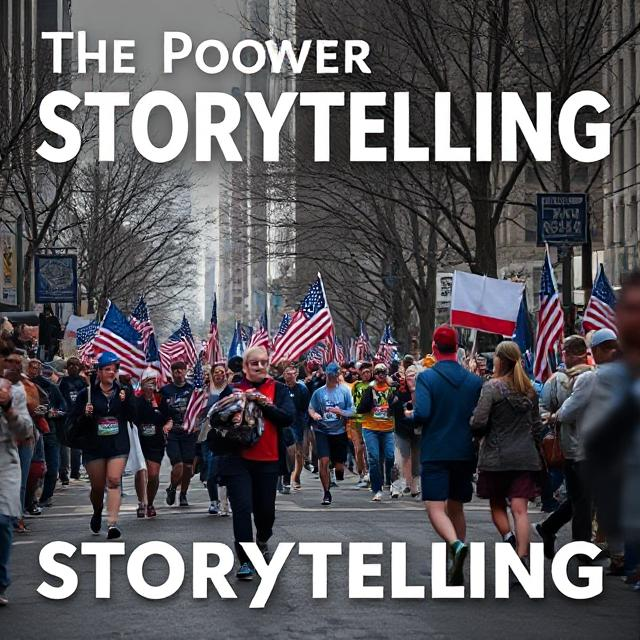
As time passed, the stories of the victims and survivors continued to resonate. Documentaries, books, and films emerged, capturing the essence of that fateful day and the resilience that followed. These narratives not only honored the lives lost but also highlighted the strength of the human spirit.
The Boston Marathon bombing serves as a reminder of the fragility of life and the importance of community. It teaches us that even in our darkest moments, we can find strength in one another. The stories of those affected by the tragedy inspire us to stand together, to support one another, and to never lose hope.
Conclusion
The Boston Marathon bombing was not just an act of terror; it was a moment that tested the spirit of a city and its people. Through resilience, compassion, and unity, Boston emerged stronger, proving that even in the face of darkness, hope and love can triumph. As the marathon continues each year, it stands as a testament to the indomitable human spirit a celebration of life, endurance, and community.
In the end, the story of the Boston Marathon bombing is not just about tragedy; it is about the resilience of a city that refused to be defined by fear. It is a story of hope, healing, and the unwavering strength of a community that stands together, no matter the challenges they face.



2 thoughts on “THE RESILIENCE OF A CITY: HOW COMMUNITIES HEAL AFTER TRAGEDY”